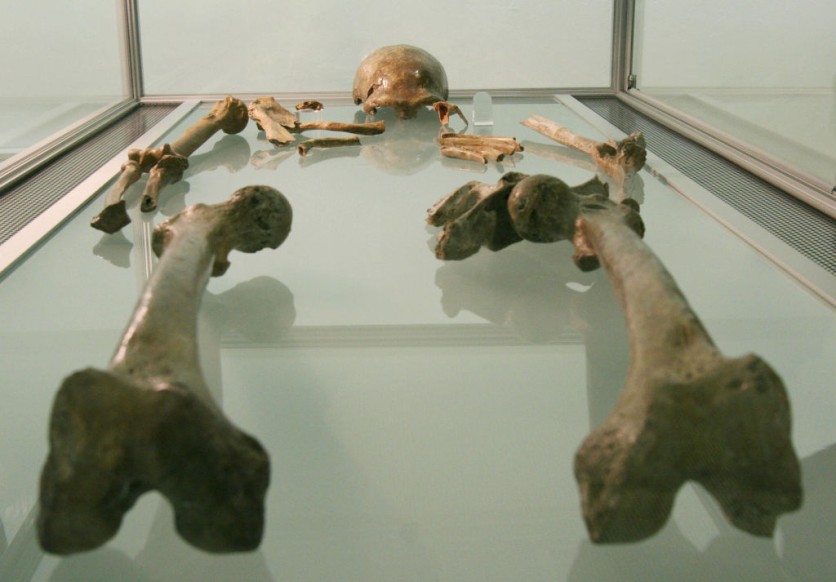In a remarkable revelation, a team of experts from various Spanish institutions has unearthed an astounding treasure trove of Neanderthal bones from a box of artifacts donated to a museum in Spain over three decades ago.
According to Science X Network, the discovery sheds light on the intriguing history of these ancient remains, tracing them back to an amateur paleontologist's excavation outside the Cova Simanya cave near Barcelona in the late 1970s.

Diverse Collection of Artifacts, Bones
During his excavation efforts, Miguel Aznar, an amateur paleontologist, stumbled upon a diverse collection of artifacts and bones, including pottery fragments.
After a cursory examination, he bundled them all in a box and stored them at his residence. It was not until 1986 that Aznar donated the box to the Archaeology Museum of Catalonia.
However, it took until 2020 for this treasure trove to be explored in detail. Upon finally unearthing the contents, the team made an astonishing discovery: alongside pottery shards and assorted artifacts, the box housed animal bones and a staggering 53 Neanderthal bones.
These skeletal remains were identified to belong to only three individuals: an adult, presumably female; an adolescent, aged around 11 or 12 at the time of demise; and a younger child, estimated to be between 7 and 8 years old at their passing.
Dating back about 50,000 years, these bones offer a profound glimpse into a bygone era. Researchers are diligently working to extract DNA from these remnants, a process that holds the potential to unveil more about these ancient individuals and the potential relationships among them.
To pinpoint the exact origin of these bones, the team retraced Aznar's steps to the mouth of the Cova Simanya cave. Here, they made a pivotal discovery-a wisdom tooth that once belonged to one of the individuals represented in the box. This crucial find definitively linked the rest of the bones to the same archaeological site.
Read Also : Archaeologists Unearth Large Paleolithic Cave Art Site That Holds More Than 100 Ancient Drawings
Monumental Discovery of Neanderthal Bones
This collection of Neanderthal bones is a monumental discovery not just for the region but possibly for the entire Iberian Peninsula.
In a scientific triumph, these ancient remnants are poised to revolutionize our understanding of the demographics and evolutionary trajectory of Late Pleistocene hominins, offering an invaluable window into the world of our ancient relatives.
This extraordinary revelation from Cova Simanya is set to become a cornerstone in Neanderthal studies, paving the way for a deeper exploration of their morphological diversity and evolutionary context in the Iberian region.
"This assemblage is currently the most extensive Neanderthal collection from the northeastern Mediterranean Iberia, offering invaluable insights into the morphology and evolutionary trajectory of Late Pleistocene hominins," the researchers noted.
"Hence, Simanya Neanderthals will enhance our understanding of Neanderthal demographics and evolution, paving the way for an in-depth examination of the morphological diversity and evolutionary context of Iberian Neanderthals," they added.
The team's findings were published in the journal Frontiers in Earth Science.
Related Article : Ancient Remains of Pompeii Victims May Have Been Contaminated Due to Plaster, New Research Reveals

ⓒ 2025 TECHTIMES.com All rights reserved. Do not reproduce without permission.




